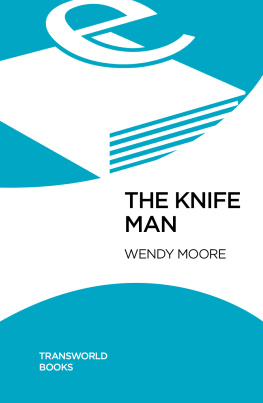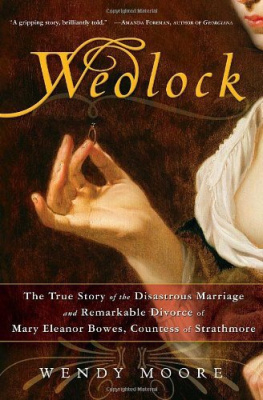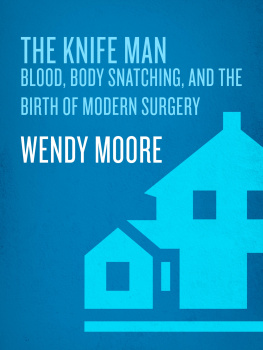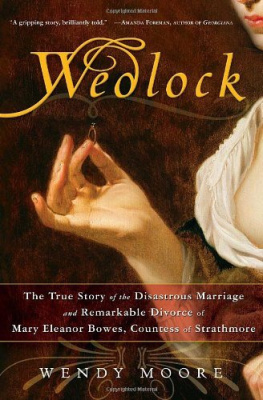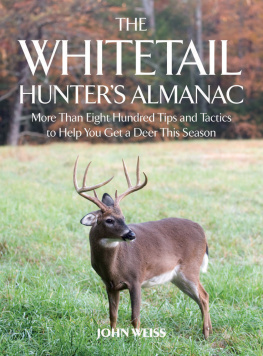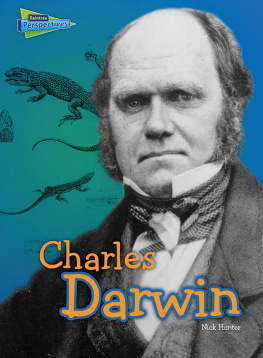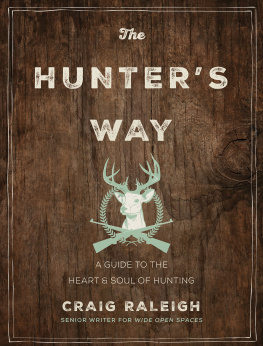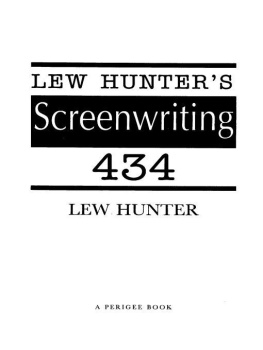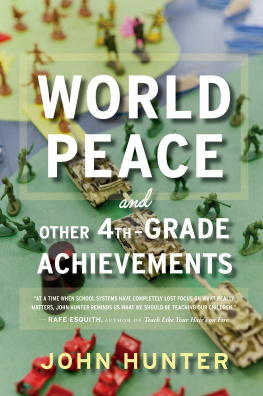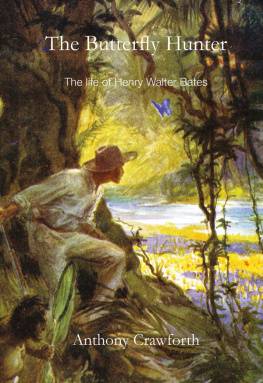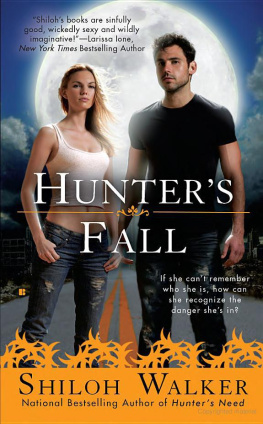About the Book
Revered and feared in equal measure, John Hunter was the most famous surgeon of eighteenth-century London. Rich or poor, aristocrat or human freak, suffering Georgians knew that Hunters skills might well save their lives; if he failed, their corpses could end up on his dissecting table, their bones and organs destined for display in his remarkable, macabre museum. Maverick medical pioneer, adored teacher, brilliant naturalist, Hunter was a key figure of the Enlightenment who transformed surgery, advanced biological understanding and even anticipated the evolutionary theories of Darwin. He provided inspiration both for Dr Jekyll and Dr Dolittle. But the extremes to which he went to pursue his scientific mission raised question marks then as now.
Contents
For Peter, Sam and Susie
I have made candles of infants fat
The Sextons have been my slaves,
I have bottled babes unborn, and dried
Hearts and livers from rifled graves.
From The Surgeons Warning,
Robert Southey, Poems, 1799
Acknowledgements
Without the assistance of a great many people who have given their time and expertise freely and generously, it would have been impossible to turn my ambition to write a biography of John Hunter into a reality. In particular, I am indebted to the patient encouragement and expert advice of Andrew Cunningham, Wellcome Trust senior research fellow in the history of medicine at Cambridge University, who has diligently read and commented on my manuscript and offered enthusiastic support throughout, helping me to appreciate the reasons of things.
Numerous people at museums and libraries in England and Scotland have helped me enormously. Fil Dearie of the Hunter House museum in East Kilbride kept me going with his spirited enthusiasm, John McLeish of East Kilbride public library gave vital local history help, and Bill Niven, former provost (mayor) of East Kilbride, provided wonderful local history insights and a fascinating guided tour of Hunter sights. At the Royal College of Surgeons in London, former curator of the Hunterian Museum Liz Allen gave me essential early help, Simon Chaplin, the current curator, provided invaluable guidance and specialist advice, and head librarian Tina Craig met my seemingly endless demands for manuscripts with unerring patience. At the Wellcome Library for the History and Understanding of Medicine (one of my favourite places to spend a day), staff provided generous assistance and expert knowledge on an almost daily basis. I would also like to thank everybody at the Wellcome Trust Centre for the History of Medicine at University College London, especially Professor Hal Cook, for welcoming a mere journalist into their academic fold. My research was completed while I was an honorary research assistant with the centre. Many more staff at various libraries and museums have been instrumental in my research. In particular I wish to thank everybody who helped me at the Natural History Museum, the library of the Royal Society, the British Library, the Guildhall Library, the City of Westminster Archives Centre, London Metropolitan Archives, the library of the Royal Academy, the Royal Humane Society, the British Dental Association, Dr Johnsons House, the Society of Apothecaries and, at the University of Glasgow, the Special Collections Library, the Hunterian Museum and the Hunterian Art Gallery.
I have been extraordinarily lucky in enjoying the support of many individual experts who have advised me on specialist areas. Mick Crumplin, honorary consultant surgeon and honorary curator at the Royal College of Surgeons, kindly helped me appreciate eighteenth-century army conditions. Professor Harold Ellis, Professor Sir Peter Bell and Alan Scott helped elucidate aneurysm surgery today and in the eighteenth century. Malcolm Bishop provided generous advice on dental issues, Dr Michael Waugh gave me technical assistance on questions concerning sexual diseases, and Peter Baskett and John Zorab both helped me when researching resuscitation today and in the past. I am also particularly grateful to all the staff at the dissecting rooms of Guys, Kings and St Thomas School of Biomedical Sciences, London, where I was privileged to be allowed to witness a contemporary dissecting class conducted with respect and dignity. Dr Colin Stolkin, senior lecturer in anatomy, has been encouraging from the beginning. Dr Alistair Hunter, academic manager of the dissecting rooms, helped me to understand the scientific compulsion that motivated John Hunter to explore the beauty of the human form and has answered my numerous and often strange anatomical queries with good humour and generosity throughout. I am grateful too to Dr James Munro, who kindly read my manuscript and provided vital medical insights.
On the publishing front, I was extremely fortunate to find my superb agent, Patrick Walsh, who helped me shape my ideas with a gentle but firm touch. And I am especially grateful to all the enthusiastic, warm and committed staff at Transworld, especially to my wonderful editor Brenda Kimber for her calm, supportive and creative guiding hand. Thanks also to Sheila Lee and Kate Brader who helped research and locate the pictures, and to Daniel Balado and Katrina Whone for skilful editing.
Finally, a big thank you is due to my family and friends too many to mention individually, but they know who they are who have steadfastly given me practical support and spiritual encouragement. My children, Sam and Susannah, deserve special praise for their forbearance and understanding (and my failure to attend numerous school trips). My mum and dad have also given loyal support. Most of all, this book would never have been begun, let alone completed, without the constant enthusiasm and encouragement of my partner, Peter Davies, who believed in this project, and in me, throughout.
The Coach Drivers Knee
I have seen a man die almost immediately upon the loss of a testicle The loss of a limb above the knee, is more than man can bear
John Hunter
St Georges Hospital, Hyde Park Corner, London, December 1785
THE PATIENT FACED an agonizing choice. Above the cries and moans of fellow sufferers on the fetid ward, he listened as the surgeon outlined the dilemma. If the large swelling at the back of his knee was left to continue growing, it would eventually burst, leading to certain and painful death. If, on the other hand, the leg was amputated above the knee, there was a slim chance he would survive the crude operation provided he did not die of shock on the operating table, or bleed to death soon after, or succumb to infection on the filthy ward days later but he would be permanently disabled.
For the forty-five-year-old hackney coach driver either option was unthinkable. Since he had first noticed the swelling in the hollow behind his knee three years ago, the lump had grown steadily until it was now the size of an orange; it throbbed continuously and had become so painful he could barely walk. Extended on the hospital bed before him, the leg and foot were hideously swollen while the skin had turned an unsightly mottled brown. Once the coachman had gained admittance to St Georges, having successfully persuaded the governors he was a deserving recipient of their charity, the surgeon on duty had lost no time in making a diagnosis. After examining the tell-tale lump, which was so large as to distend the two hamstrings laterally, he had no doubts about the verdict. The surgeon had seen popliteal aneurysms at exactly the same spot on numerous occasions and knew all too well the prognosis.
Next page
